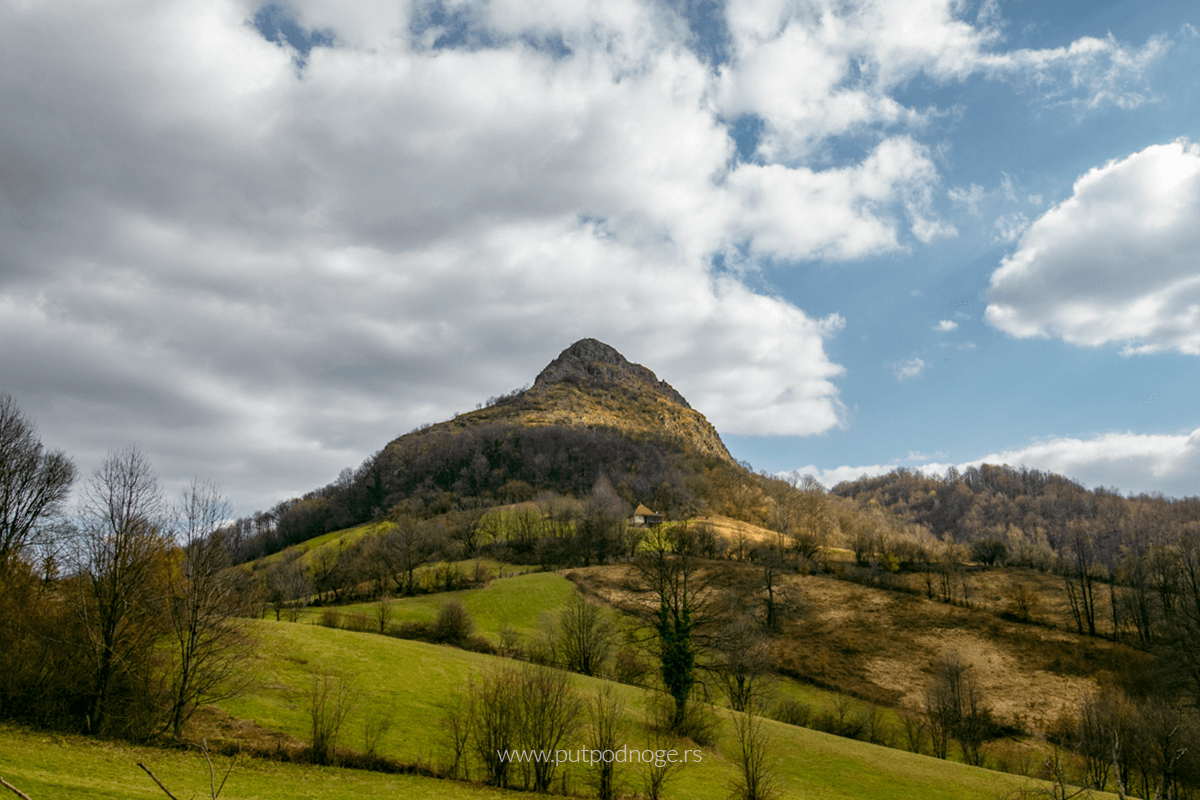
Ostrvica – The Remnant of a Volcanic Cone on Mount Rudnik
A sunny weekend after a long period of bad weather means only one thing: we’re packing up and heading out on a new trip. This time, we’re heading to Rudnik Mountain to see the famous Ostrvica.
What is Ostrvica?
Originally a remnant of a destroyed volcanic cone, this elevation on Mount Rudnik attracts curiosity with its shape and breathtaking scenery. Located on the northwestern slopes of Rudnik, the tallest mountain in central Serbia, Ostrvica is part of the wider, once-active volcanic terrain of Rudnik and Šumadija. At an altitude of 758 meters, it dominates the rolling Šumadija landscape. The bare rocks of the cone, with visible traces of lava flow, hint at the region’s tumultuous geological past. With this in mind, reaching the summit becomes even more thrilling. Recognizing its significance, Ostrvica was officially declared a Natural Monument in 2009.
There’s a small note on the name: Ostrvica – Ostrovica. Both names are in use. While older maps reference it as Ostrvica, the name Ostrovica is more commonly heard today.
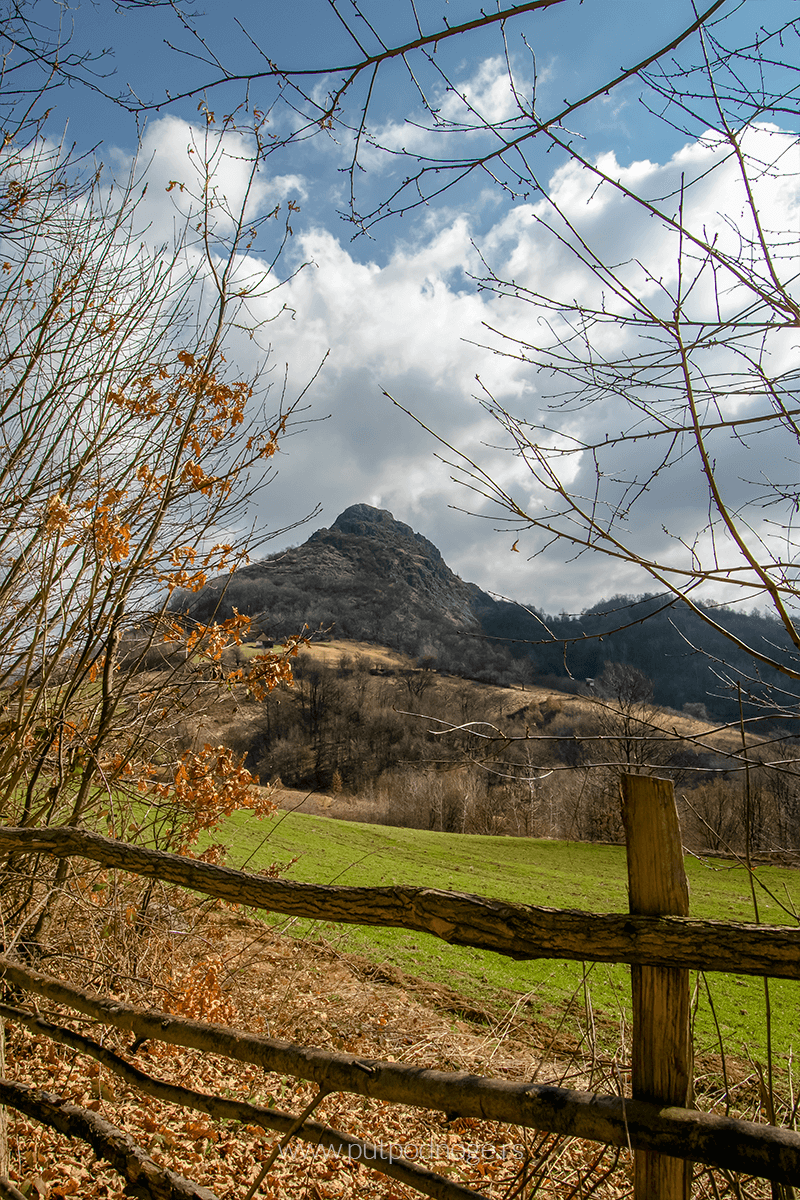
Climbing Ostrvica
The trail initially winds through oak forests and fields until Ostrvica suddenly comes into view. At that moment, it’s clear why visiting this area and enjoying the scenery is worthwhile. When we visited in late February, nature was just beginning to wake, hinting at how lush and green the landscape would be in the coming months.
After an easy walk, we reached the foot of the trail. A short climb brought us to a section of the trail that traverses through forested rocky terrain. At the time of our visit, the ground was quite wet and muddy but still passable if you don’t mind getting a little dirty. For us, it was no problem, so we continued until we reached an open area. Here, bare rocks, sparsely covered with moss and lichen, awaited us. If you need a break, this is a good spot, as the next climb is more challenging. For assistance, cables are available along the rocky sections. The ascent isn’t difficult, and it’s well worth the effort, as the view at the top is breathtaking.
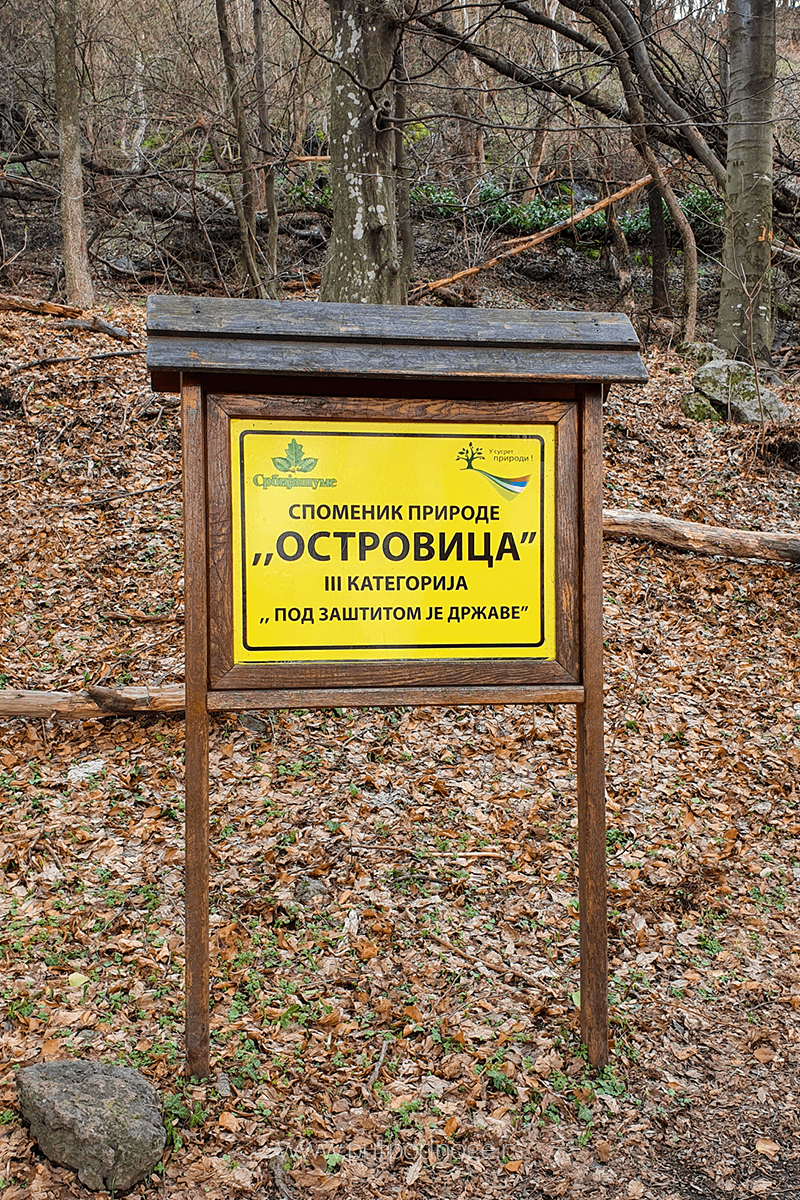
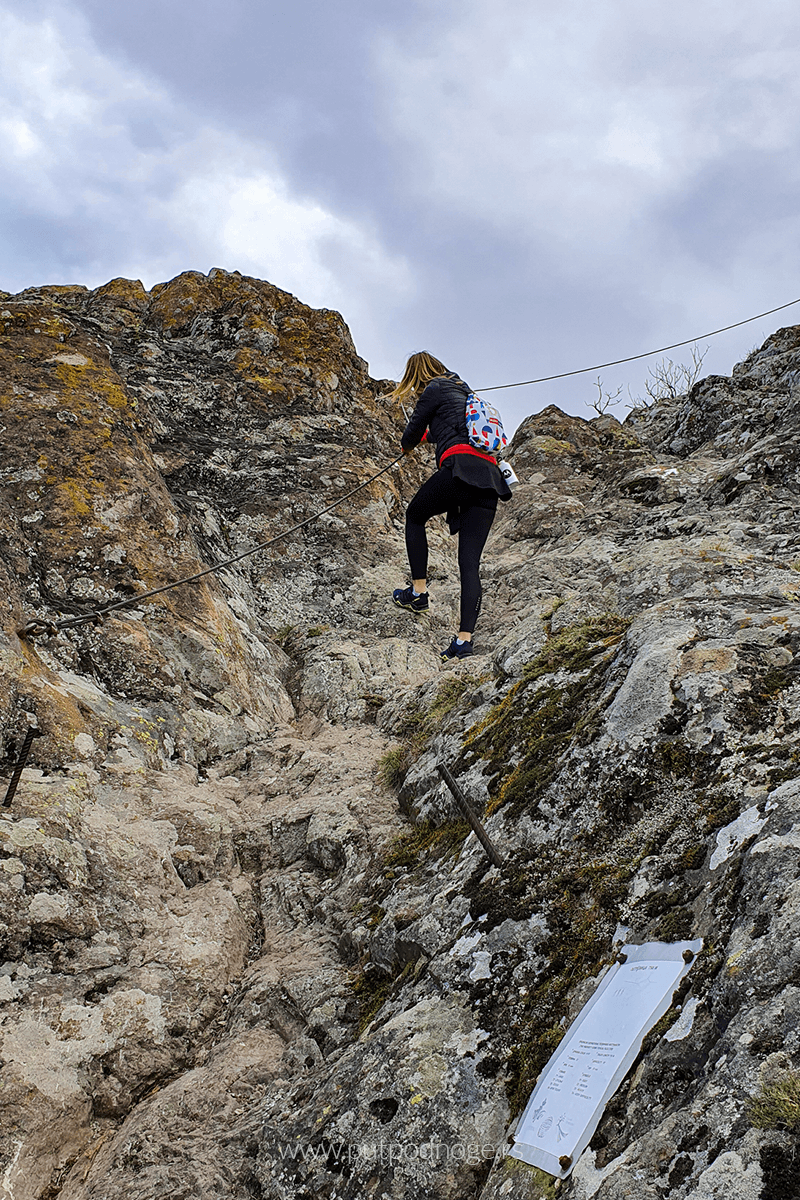
What Secrets does Ostrvica hold?
Given its prominence in the area, it’s no surprise that Ostrvica was historically significant. Today, only traces remain of a medieval military fortress that once stood here. According to legend, the fortress was built by the infamous Prokleta Jerina, who died in the nearby Rudnik fortress. Historical sources mention Ostrvica as a refuge for Dubrovnik merchants who also frequented Rudnik fortress. It’s known that the fortress fell to the Ottomans in 1438, but was returned to Đurađ Branković after the restoration of the Serbian Despotate in 1443. Ostrvica fell back into Ottoman hands in 1454.
Thanks to the Ottoman traveler Evliya Çelebi, who visited Ostrvica in 1664, we know that both the fortified city and its surrounding settlements were destroyed and abandoned. Unfortunately, due to a lack of written records, the exact appearance of the fortress remains unknown.
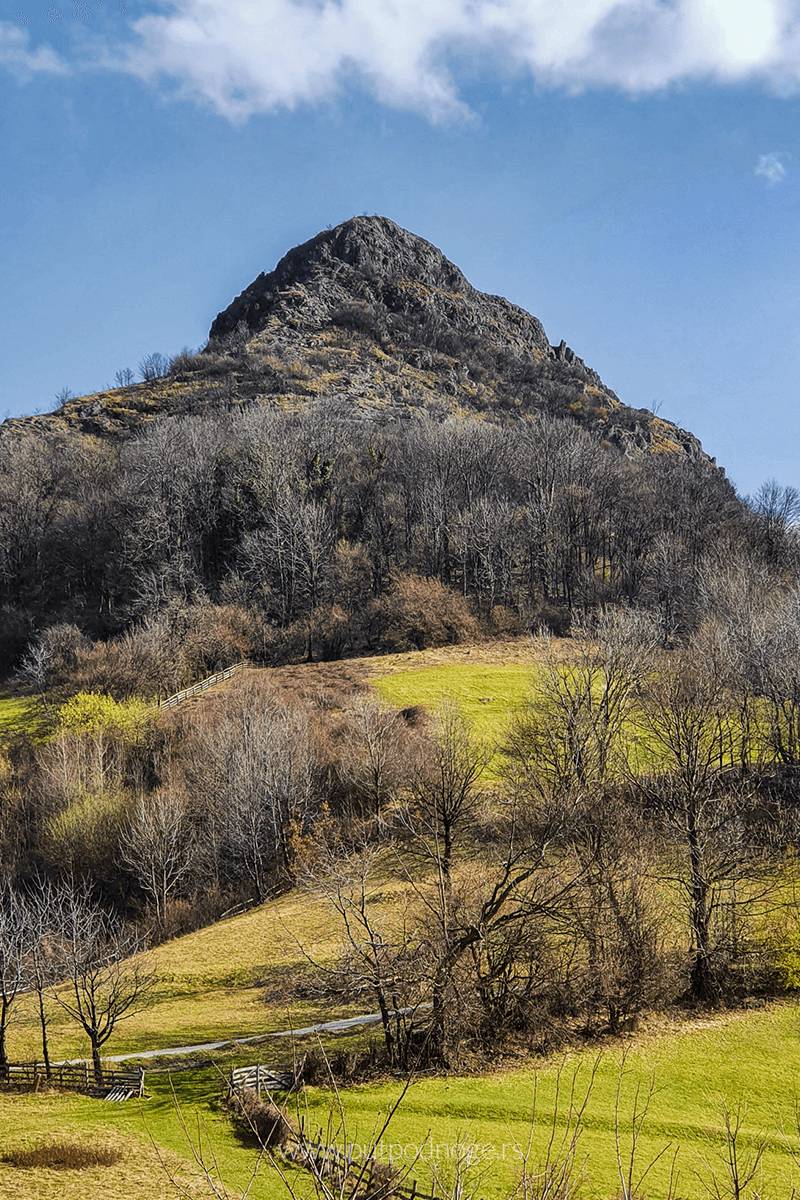
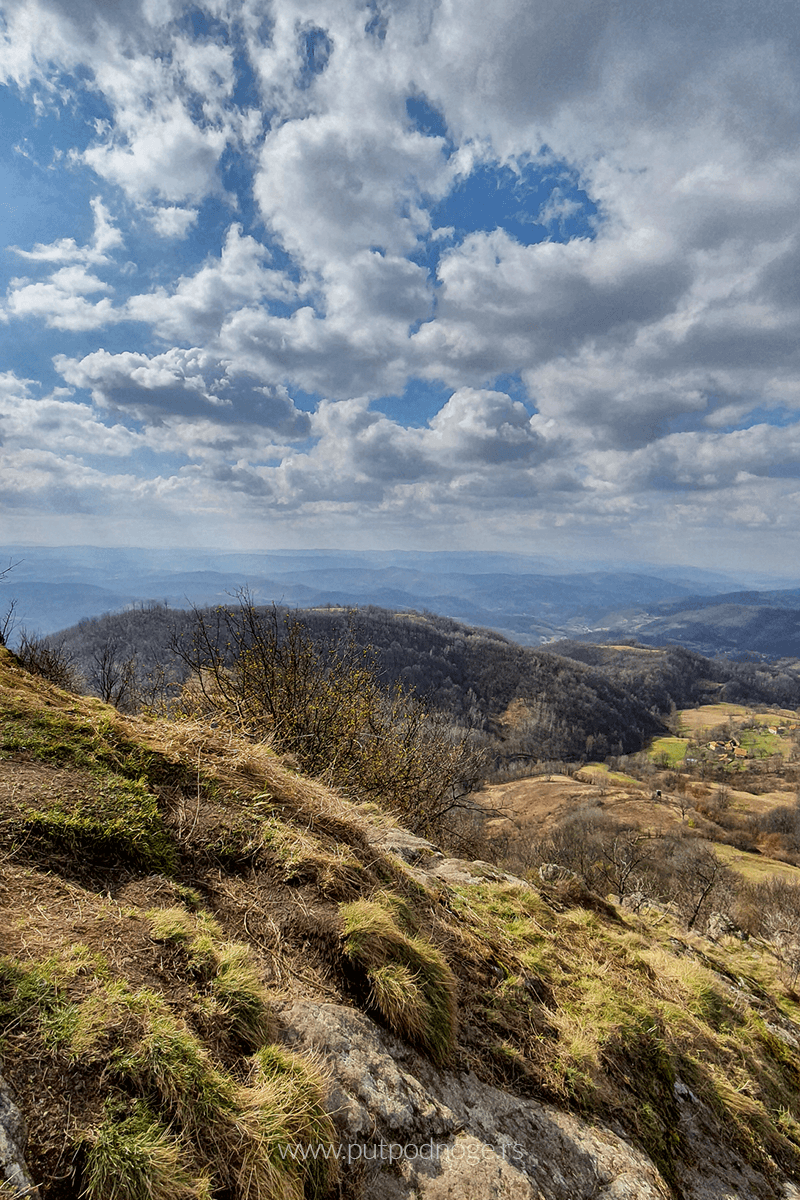
How to Get There?
Regardless of what you call it, this natural wonder is located in the municipality of Gornji Milanovac, surrounded by the villages of Varnice, Zagrađe, Dragolj, and Trudelj. Only about 100 kilometers and an hour-and-a-half drive from Belgrade, Ostrvica can be reached via several routes. The two most common are via the Ibar Highway or the A2 Motorway (popularly known as Miloš the Great). We chose the latter for its convenience. Shortly before the village of Zagrađe, we left the main road, and the adventure began with narrow, winding paved paths. Along the way, intriguing signs began to appear, and we even met the creator of these signs, who shared his story of how he came up with the idea to encourage visitors to explore the area. From there, we set out on foot toward our goal.
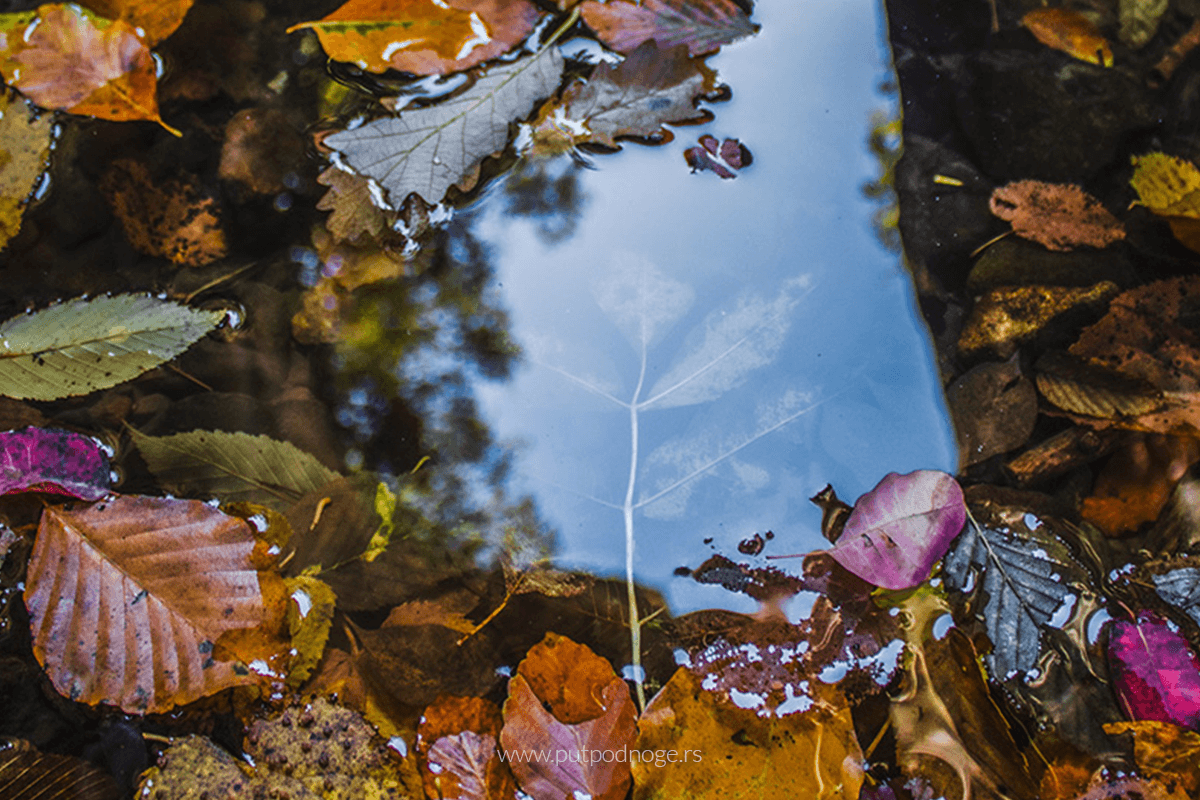
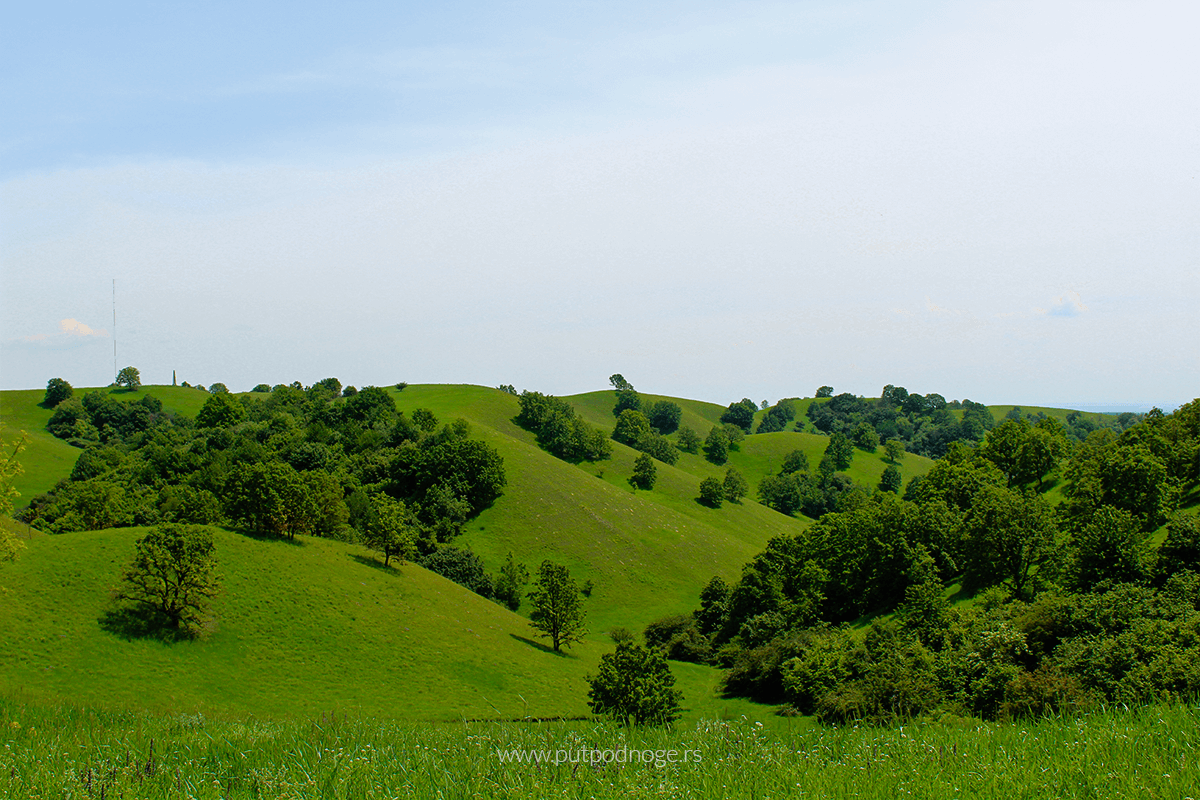
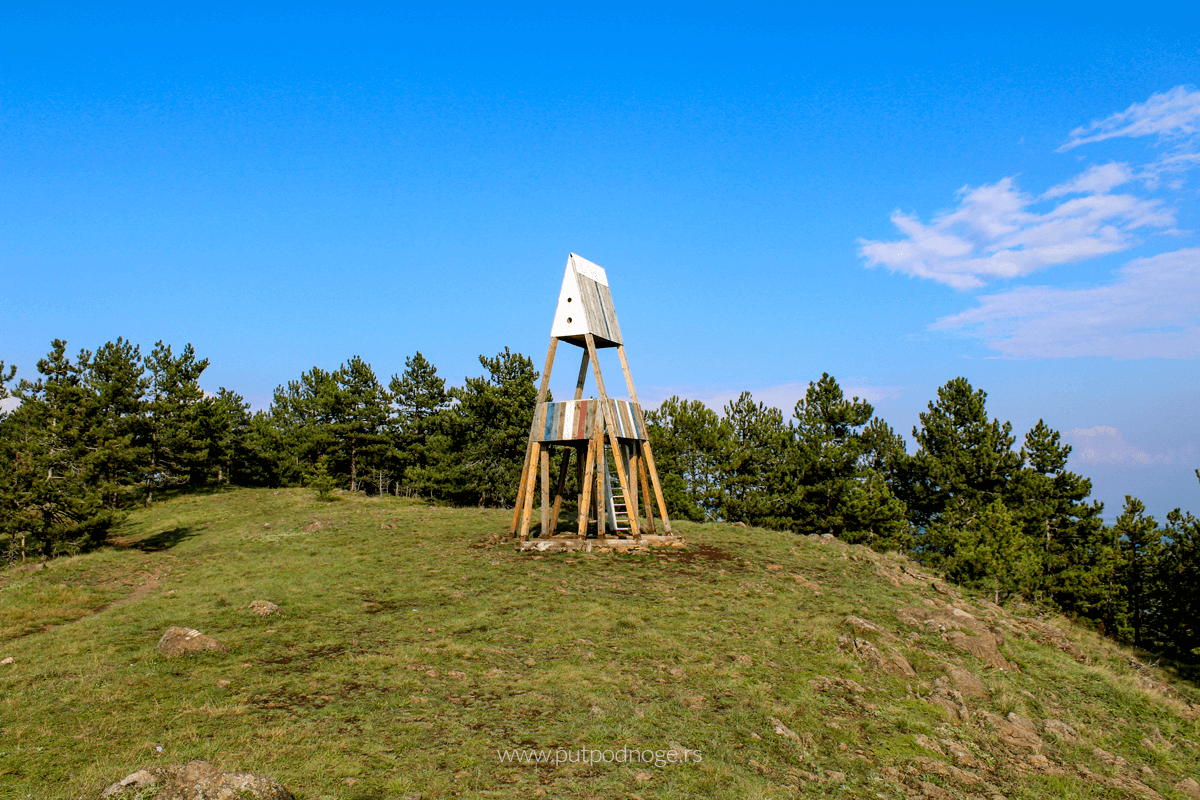

Leave a Reply